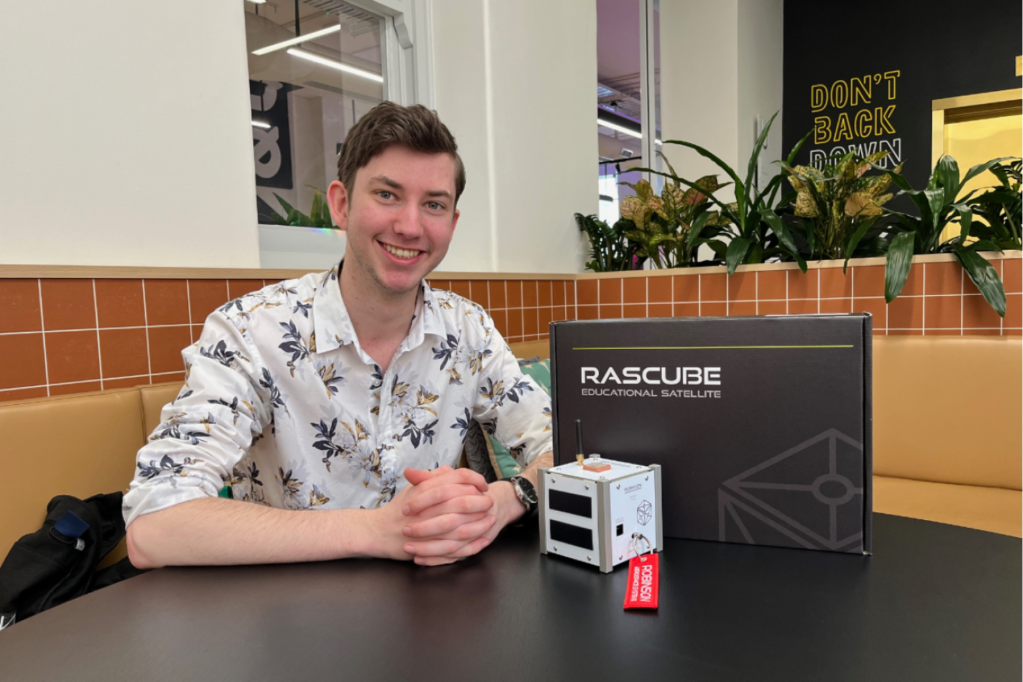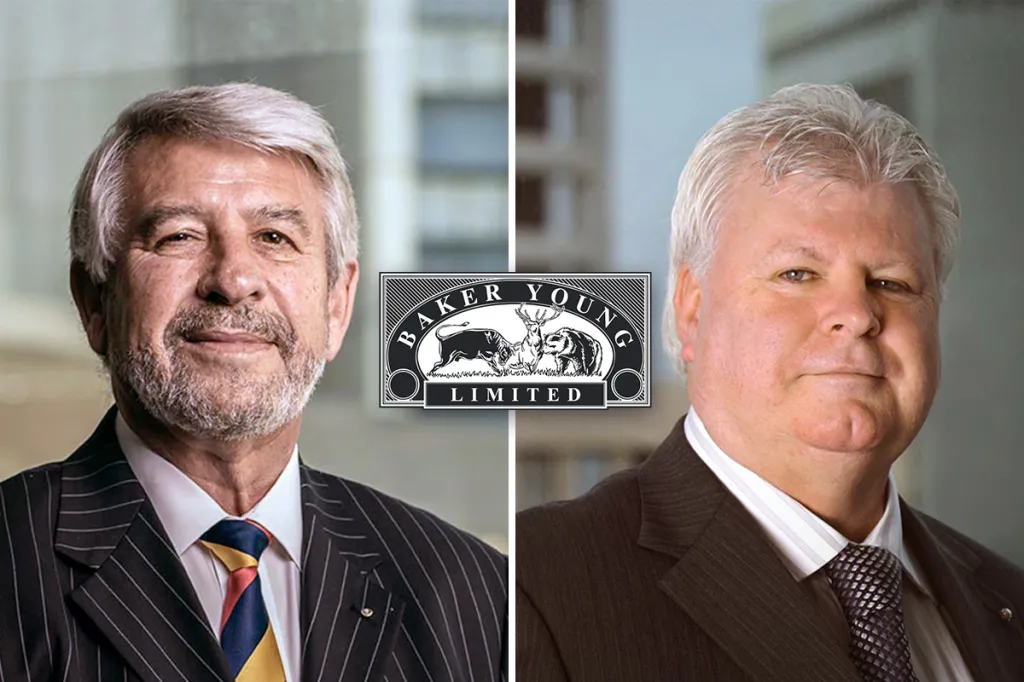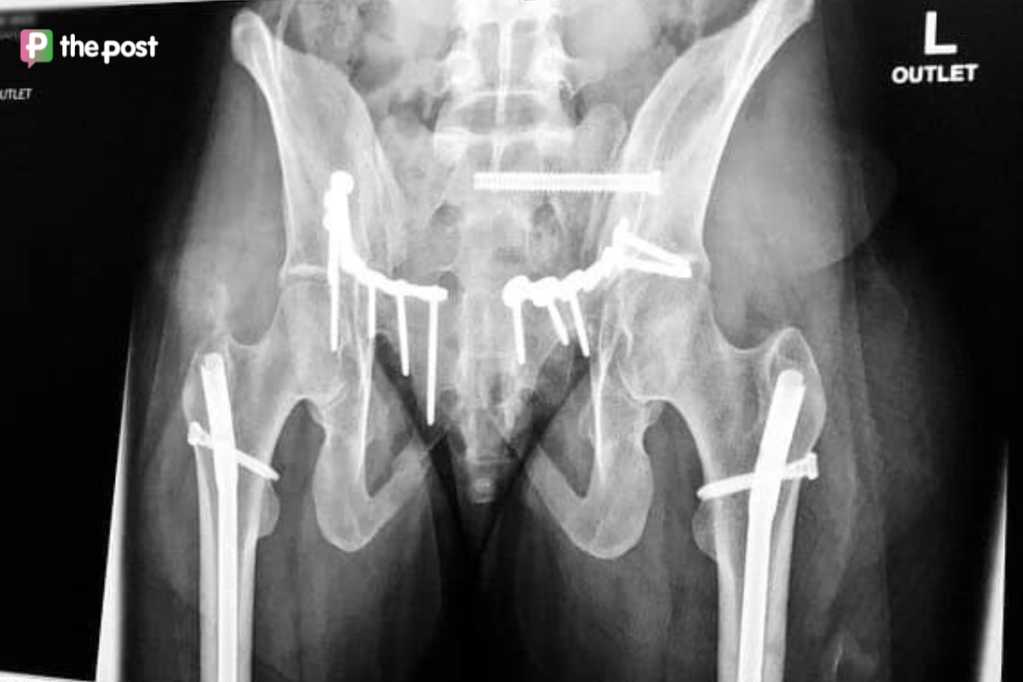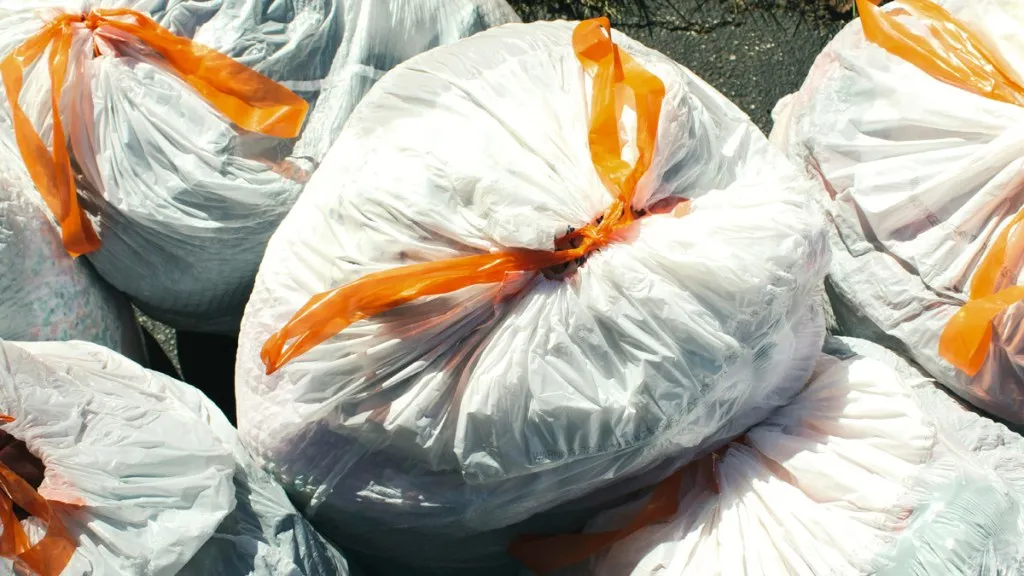The international collaboration sending students’ work to space
Adelaide-based Robinson Aerospace Systems has taken another step in its mission to inspire young people to join the STEM workforce, sending students’ work to space in an international collaboration.

Project Space Call brought together students from Australia, Rwanda, Singapore, Ukraine, Colombia, the UAE and the United States to design and program a module that will go to space in a Robinson Aerospace cube satellite.
CEO Edward Robinson, 21, told InDaily the project perfectly aligned with the work the company was already doing.
“Our core business is actually making replica satellites for educational purposes,” Robinson said.
“We make kits, so in there is all the aluminium parts, electronics, the solar panels, the antennas, everything that students in high school and university need to assemble a functioning satellite.
“We figured that if we’re going to go around saying that we’re making replica satellites, then we better actually make a satellite otherwise we’re just kind of eating our words.”

Robinson Aerospace designed the cube satellite which will be used in Space Call. Photo: supplied
You might like
Robinson said the company had decided on The Exploration Company, a spacecraft manufacturer based in Germany, as its launch provider.
“Then it was like well, this is all going ahead, but what are we actually going to put in this satellite?” he said.
It was then The Exploration Company reached out with the established idea for Space Call.
As part of the project, students teamed up with Robinson Aerospace, The Exploration Company, and French non-profit Space Elevator to design and program a module to go inside Robinson’s satellite.
“It just made sense that we stick with the whole education theme,” Robinson said.
Each school worked on designing a module with an LED light bulb, a light sensor, and a processing system that could hold software.
Stay informed, daily

Students from around the world collaborated on the project, including students from Rwanda. Photo: supplied
“Students got to have involvement right from the hardware, which is the electronic development, through to the software, through to testing it all to make sure it works,” Robinson said.
“And then eventually, that all got shipped off to us, where we put it inside of the cube…and that’s almost ready to go to space.”
Once the satellite is in space, the students will monitor it, communicating with each other using the modules they designed.
The satellite holding the students’ work will be launched into space, orbit the Earth twice, then re-enter the atmosphere and land in the ocean to be recovered.
Robinson said during the three and a half hour orbit the Space Call payload will be active for half an hour.

Students designed modules which will appear inside the satellite as it goes to space. Photo: supplied
“During that half an hour the Space Call payloads will be continuously going through a cycle of, say, a school from Ukraine will transmit the word ‘freedom’ in their native language, another school will listen for that word.”
“[Then] the school from, Colombia for example, would listen to see if it can detect that word. Once it’s detected it, it will translate that word into their language, and then they’ll transmit it on.
“There’s no kind of, scientific experiment going on here, it’s purely symbolic, and to try and give students an opportunity to be part of something that is going to space.”
Robinson said the launch, which was initially planned for October this year, is now set to occur in February 2025.
The payload is now halfway through the testing required before it can go to space, Robinson said, after which it will be shipped to Germany to The Exploration Company, who will build the space capsule which will house the satellite.
From there, it will go to California, “where it will meet its destiny in the SpaceX rocket”.








